Walrus Gets “24/7 Cuddle Care” in Final Days
Rescuers hoped they could nurse the sick baby walrus back to health.
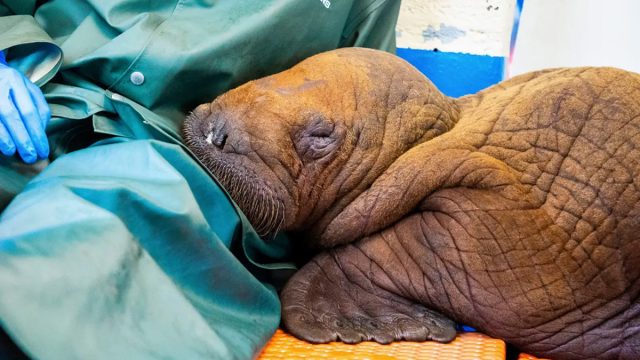
Many animals are just like us – they like to cuddle. Out of a heartbreakingly tragic story, there is a heartwarming lesson: love makes the world go round. Last week a baby walrus was rescued in Alaska. While the pup couldn’t be saved, it got to spend its final days being cuddled around the clock.

A walrus pup was saved from a frozen Alaskan oil field. When discovered, he was suffering from malnutrition and dehydration, said the Alaska SeaLife Center.
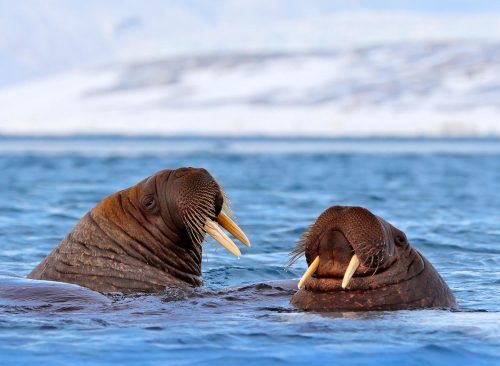
The 150-pound baby had no parent in sight and was found all by itself around four miles inland from the Beaufort Sea, signaling something was wrong. Like humans, baby walruses are usually cared for by their mothers for two years of their life.
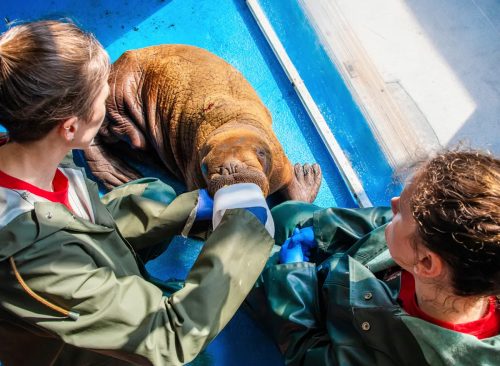
The pup was airlifted 700 miles and admitted to the Alaska SeaLife Center’s Wildlife Response Program in Seward, Alaska. Wildlife rescue workers did everything they could to save the baby, and made sure it received around-the-clock care, bottle feeding it and offering constant contact. The caretakers even cuddled with the walrus, as walruses are very social animals and spend a lot of time close together in the wild.
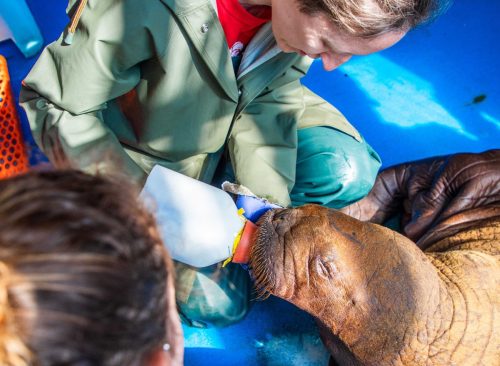
Unfortunately, the young mammal was too sick, suffering from nutrient malabsorption that caused other complications, including hypoglycemia and gastrointestinal problems, and didn’t make it. “He’d apparently been out there for a while because he was in starvation mode,” Carrie Goertz, a veterinarian who is director of animal health at the center
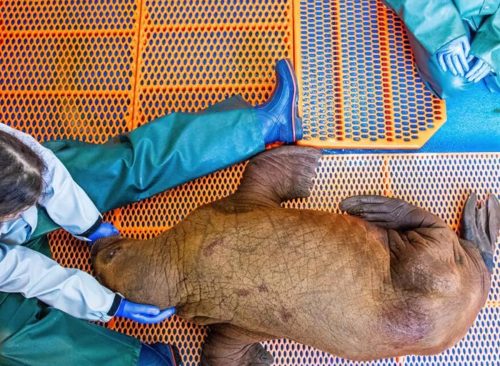
“Though our animal care teams worked tirelessly to provide round-the-clock critical care treatments, never leaving his side, the calf ultimately succumbed to his condition,” the center said in a statement.

“While often rewarding, wildlife rescue is inherently unpredictable and comes with it the possibility of great loss,” Alaska SeaLife Center said in a statement on Friday. “For those that dedicate their lives to animal care, this is the hardest part of the job.”

“It’s unusual to get a walrus here — we’ve only had 10 of them [in 25 years],” Goertz said. “We don’t know how this particular baby became separated from his mother, but we knew that he wouldn’t survive without immediate intervention.”
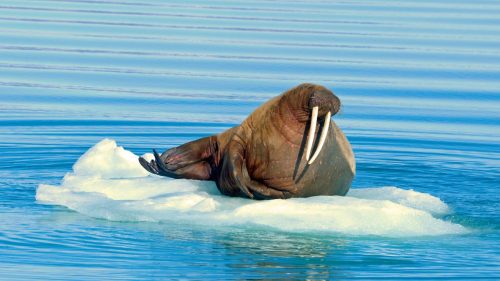
The walrus (Odobenus rosmarus) stands as an iconic denizen of the Arctic expanse, unmistakably distinguished by its imposing tusks, according to Ocean Conservancy. These distinctive features serve an array of purposes, from aiding in locomotion across the ice to fending off predators like polar bears and orcas, as well as engaging in inter-male combat during the breeding season. This creature’s tusks play a pivotal role in their survival, offering the means to haul their hefty, blubbery bodies onto ice floes and boreholes to breathe while submerged. Even though they spend the majority of their existence in aquatic domains, walruses utilize ice as a resting platform and birthing ground.
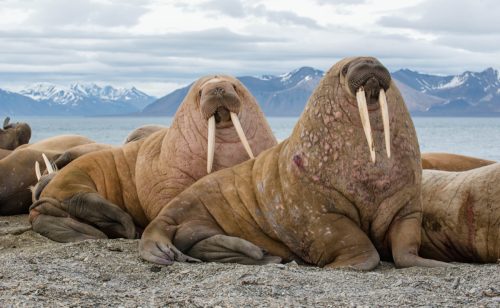
In addition to their tusk-assisted strategies, walruses boast other adaptations that equip them for the harsh Arctic environment, Ocean Conservancy reports. The possession of substantial layers of blubber acts as insulation, ensuring their endurance in frigid waters. Their remarkable facial vibrissae—400 to 700 exquisitely sensitive whiskers—enable them to navigate the seafloor with precision, unearthing buried sustenance. Furthermore, the walrus community exhibits a fascinating geographical division into two subspecies: the Pacific walrus, residing in the North Pacific and its adjacent Arctic zones, and the Atlantic walrus, populating the North Atlantic and Arctic regions proximate to the Atlantic. However, the chances of these subspecies interbreeding remain minute, despite their shared species identity.
RELATED: 30 Area Codes to Watch for in Latest Phone Scam
10
Facing Challenges
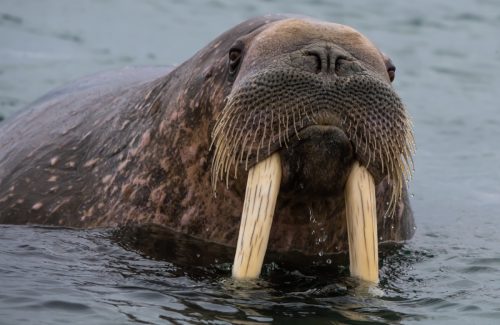
According to Ocean Conservancy, the conservation status of walruses, according to the International Union for Conservation of Nature (IUCN) Red List, is classified as “Vulnerable,” signaling a significant risk of extinction in their natural habitat. Though roughly 112,500 individuals inhabit the global walrus population, the trends in their numbers remain uncertain—whether they are escalating or diminishing. While historical threats included hunting, contemporary challenges primarily revolve around disruptions from industrial activities such as drilling, heightened maritime traffic, and the overarching specter of climate change. The precarious situation of walruses underscores the importance of diligent conservation efforts to preserve these remarkable creatures as Arctic ecosystems encounter mounting pressures.














